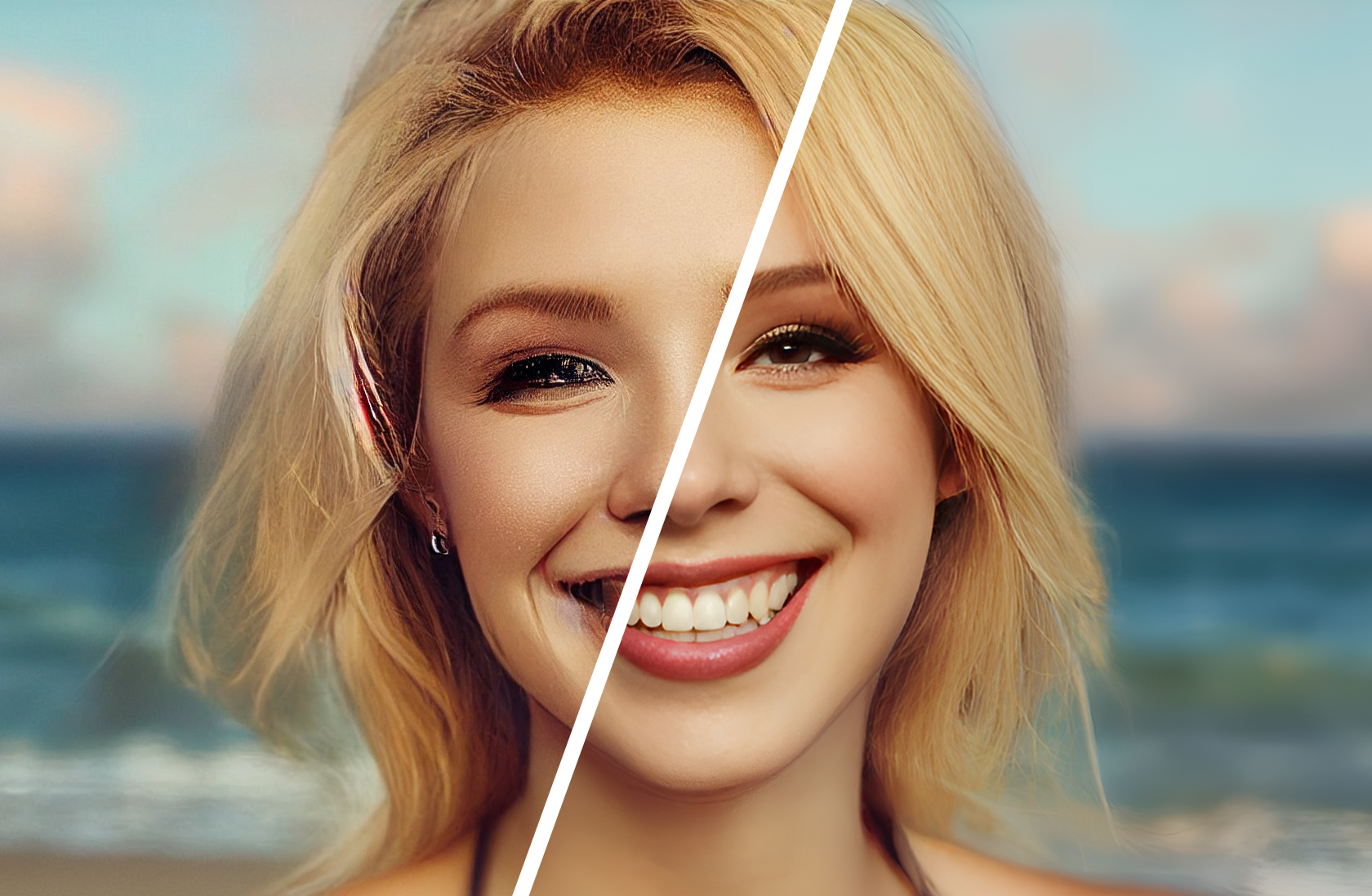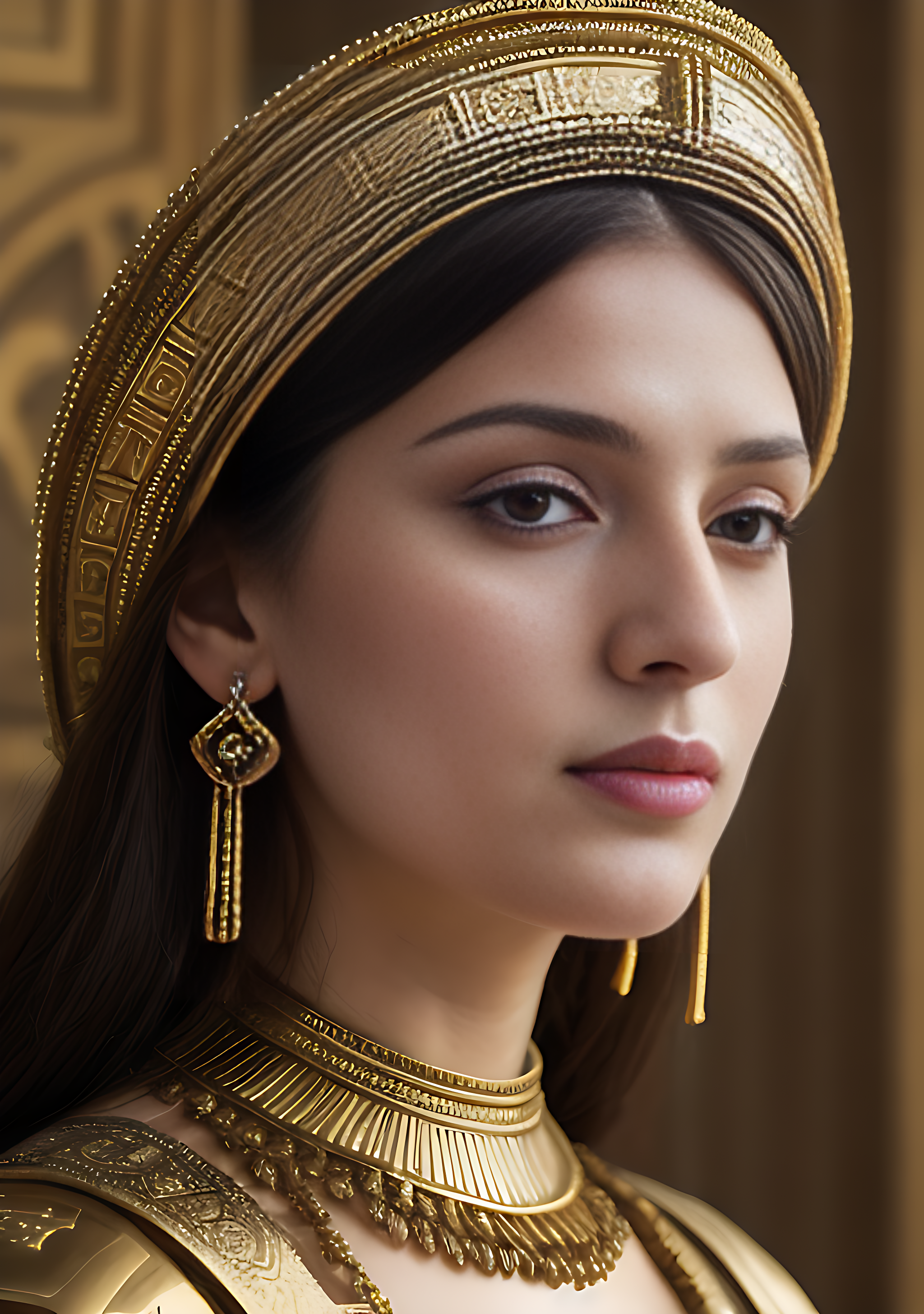codeformer
Maintainer: lucataco

298

| Property | Value |
|---|---|
| Model Link | View on Replicate |
| API Spec | View on Replicate |
| Github Link | View on Github |
| Paper Link | View on Arxiv |
Get summaries of the top AI models delivered straight to your inbox:
Model overview
CodeFormer is a robust face restoration algorithm developed by researchers at Nanyang Technological University. It is designed to enhance old photos or fix issues in AI-generated faces, such as blurriness, compression artifacts, and distortions. CodeFormer uses a novel Codebook Lookup Transformer architecture to achieve high-quality face restoration, outperforming previous methods like GFPGAN. It can handle a wide range of face degradation types and produces natural-looking results.
Model inputs and outputs
CodeFormer takes in an image as input and outputs a restored, high-quality version of the face. The model supports several optional features:
Inputs
- Image: The input image containing the face to be restored.
- Upscale: The final upsampling scale of the image, with a default of 2.
- Face Upsample: A boolean flag to further upsample the restored faces for high-resolution AI-created images.
- Background Enhance: A boolean flag to enhance the background image using Real-ESRGAN.
- Codeformer Fidelity: A number between 0 and 1 that balances the quality (lower number) and fidelity (higher number) of the output.
Outputs
- Output: The restored, high-quality image with the face enhanced.
Capabilities
CodeFormer is capable of robustly restoring a wide range of face degradation types, including blurriness, compression artifacts, and distortions. It can handle both old photos and AI-generated faces, producing natural-looking results that preserve the subject's identity. The model's performance surpasses previous methods like GFPGAN.
What can I use it for?
CodeFormer can be a valuable tool for a variety of applications, such as:
- Enhancing old family photos or other historical images
- Improving the quality of AI-generated portraits or avatars
- Restoring low-quality images or videos with faces
- Developing applications that require high-quality face restoration, such as photo editing tools or social media platforms
Things to try
One interesting aspect of CodeFormer is its ability to balance the quality and fidelity of the output through the Codeformer Fidelity parameter. By adjusting this value, you can experiment with different levels of restoration, from preserving the original appearance to achieving a more polished, high-quality result. This allows users to customize the output to their specific needs or preferences.
This summary was produced with help from an AI and may contain inaccuracies - check out the links to read the original source documents!
Related Models

codeformer

32.9K
The codeformer is a robust face restoration algorithm developed by researchers at the Nanyang Technological University's S-Lab, focused on enhancing old photos or AI-generated faces. It builds upon previous work like GFPGAN and Real-ESRGAN, adding new capabilities for improved fidelity and quality. Unlike GFPGAN which aims for "practical" restoration, codeformer takes a more comprehensive approach to handle a wider range of challenging cases. Model inputs and outputs The codeformer model accepts an input image and allows users to control various parameters to balance the quality and fidelity of the restored face. The main input is the image to be enhanced, and the model outputs the restored high-quality image. Inputs Image**: The input image to be restored, which can be an old photo or an AI-generated face. Fidelity**: A parameter that controls the balance between quality (lower values) and fidelity (higher values) of the restored face. Face Upsample**: A boolean flag to further upsample the restored face with Real-ESRGAN for high-resolution AI-created images. Background Enhance**: A boolean flag to enhance the background image along with the face restoration. Outputs Restored Image**: The output image with the face restored and enhanced. Capabilities The codeformer model is capable of robustly restoring faces in challenging scenarios, such as low-quality, old, or AI-generated images. It can handle a wide range of degradations, including blurriness, noise, and artifacts, producing high-quality results. The model also supports face inpainting and colorization for cropped and aligned face images. What can I use it for? The codeformer model can be used for a variety of applications, such as restoring old family photos, enhancing profile pictures, or fixing defects in AI-generated avatars and artwork. It can be particularly useful for individuals or businesses working with historical archives, digital art, or social media applications. The model's ability to balance quality and fidelity makes it suitable for both creative and practical uses. Things to try One interesting aspect of the codeformer model is its ability to handle a wide range of face degradations, from low-quality scans to AI-generated artifacts. You can try experimenting with different types of input images, adjusting the fidelity parameter to see the impact on the restored results. Additionally, the face inpainting and colorization capabilities can be explored on cropped and aligned face images, opening up creative possibilities for photo editing and restoration.
Updated Invalid Date

gfpgan

120
The gfpgan model is a practical face restoration algorithm developed by tencentarc for improving the quality of old photos or AI-generated faces. It aims to address common issues in real-world face restoration, such as blurriness, artifacts, and identity distortion. The gfpgan model can be compared to similar face restoration models like codeformer and upscaler, which also target improvements in old photo or AI-generated face restoration. Model inputs and outputs The gfpgan model takes an image as input and outputs a restored, higher-quality version of that image. The model supports various input image formats and can handle a range of face issues, including blurriness, artifacts, and identity distortion. Inputs img**: The input image to be restored Outputs Output**: The restored, higher-quality version of the input image Capabilities The gfpgan model is capable of effectively restoring the quality of old photos or AI-generated faces. It can address common issues such as blurriness, artifacts, and identity distortion, resulting in visually appealing and more accurate face restoration. What can I use it for? The gfpgan model can be useful for a variety of applications that involve face restoration, such as photo editing, enhancing AI-generated images, and improving the visual quality of historical or low-quality images. The model's capabilities can be leveraged by individuals or companies working on projects that require high-quality face restoration. Things to try One interesting thing to try with the gfpgan model is to experiment with different input images, ranging from old photographs to AI-generated faces, and observe the model's ability to restore the quality and clarity of the faces. You can also try adjusting the model's hyperparameters, such as the scaling factor, to see how it affects the output quality.
Updated Invalid Date

gfpgan

74.0K
gfpgan is a practical face restoration algorithm developed by the Tencent ARC team. It leverages the rich and diverse priors encapsulated in a pre-trained face GAN (such as StyleGAN2) to perform blind face restoration on old photos or AI-generated faces. This approach contrasts with similar models like Real-ESRGAN, which focuses on general image restoration, or PyTorch-AnimeGAN, which specializes in anime-style photo animation. Model inputs and outputs gfpgan takes an input image and rescales it by a specified factor, typically 2x. The model can handle a variety of face images, from low-quality old photos to high-quality AI-generated faces. Inputs Img**: The input image to be restored Scale**: The factor by which to rescale the output image (default is 2) Version**: The gfpgan model version to use (v1.3 for better quality, v1.4 for more details and better identity) Outputs Output**: The restored face image Capabilities gfpgan can effectively restore a wide range of face images, from old, low-quality photos to high-quality AI-generated faces. It is able to recover fine details, fix blemishes, and enhance the overall appearance of the face while preserving the original identity. What can I use it for? You can use gfpgan to restore old family photos, enhance AI-generated portraits, or breathe new life into low-quality images of faces. The model's capabilities make it a valuable tool for photographers, digital artists, and anyone looking to improve the quality of their facial images. Additionally, the maintainer tencentarc offers an online demo on Replicate, allowing you to try the model without setting up the local environment. Things to try Experiment with different input images, varying the scale and version parameters, to see how gfpgan can transform low-quality or damaged face images into high-quality, detailed portraits. You can also try combining gfpgan with other models like Real-ESRGAN to enhance the background and non-facial regions of the image.
Updated Invalid Date

real-esrgan

23
The real-esrgan model is a powerful AI-based image upscaling and enhancement tool developed by Replicate user lucataco. It is an implementation of the Real-ESRGAN model, which aims to restore high-quality images from low-resolution inputs. This model offers optional face enhancement capabilities and allows for adjustable upscaling, making it a versatile choice for a variety of image processing tasks. Similar models include the real-esrgan-video for video upscaling, the real-esrgan model by nightmareai, and the realvisxl-v1-img2img model for image-to-image translation. Model inputs and outputs The real-esrgan model takes an input image and allows for two additional parameters: the scale factor for upscaling and a boolean flag for face enhancement. The output is a high-quality, upscaled version of the input image. Inputs Image**: The input image to be upscaled and enhanced. Scale**: The factor by which to scale the image, with a default of 4 and a range of 0 to 10. Face Enhance**: A boolean flag to enable or disable face enhancement on the output image. Outputs Output**: The upscaled and enhanced version of the input image. Capabilities The real-esrgan model is capable of producing high-quality, visually appealing upscaled images with optional face enhancement. It can effectively restore details and sharpness to low-resolution inputs, making it a valuable tool for tasks such as image restoration, photo editing, and digital art creation. What can I use it for? The real-esrgan model can be used in a variety of applications where high-quality image upscaling and enhancement are required. This includes professional photography, graphic design, video production, and even personal photo editing. By leveraging the power of this model, users can transform low-resolution images into high-resolution masterpieces, opening up new creative possibilities and improving the visual quality of their work. Things to try One interesting aspect of the real-esrgan model is its ability to handle large input images. By adjusting the scale parameter, users can upscale images to even greater resolutions, potentially unlocking new use cases in fields like medical imaging, satellite imagery, and architectural visualization. Additionally, the face enhancement feature can be a valuable tool for portrait photographers or anyone interested in improving the appearance of faces in their images.
Updated Invalid Date